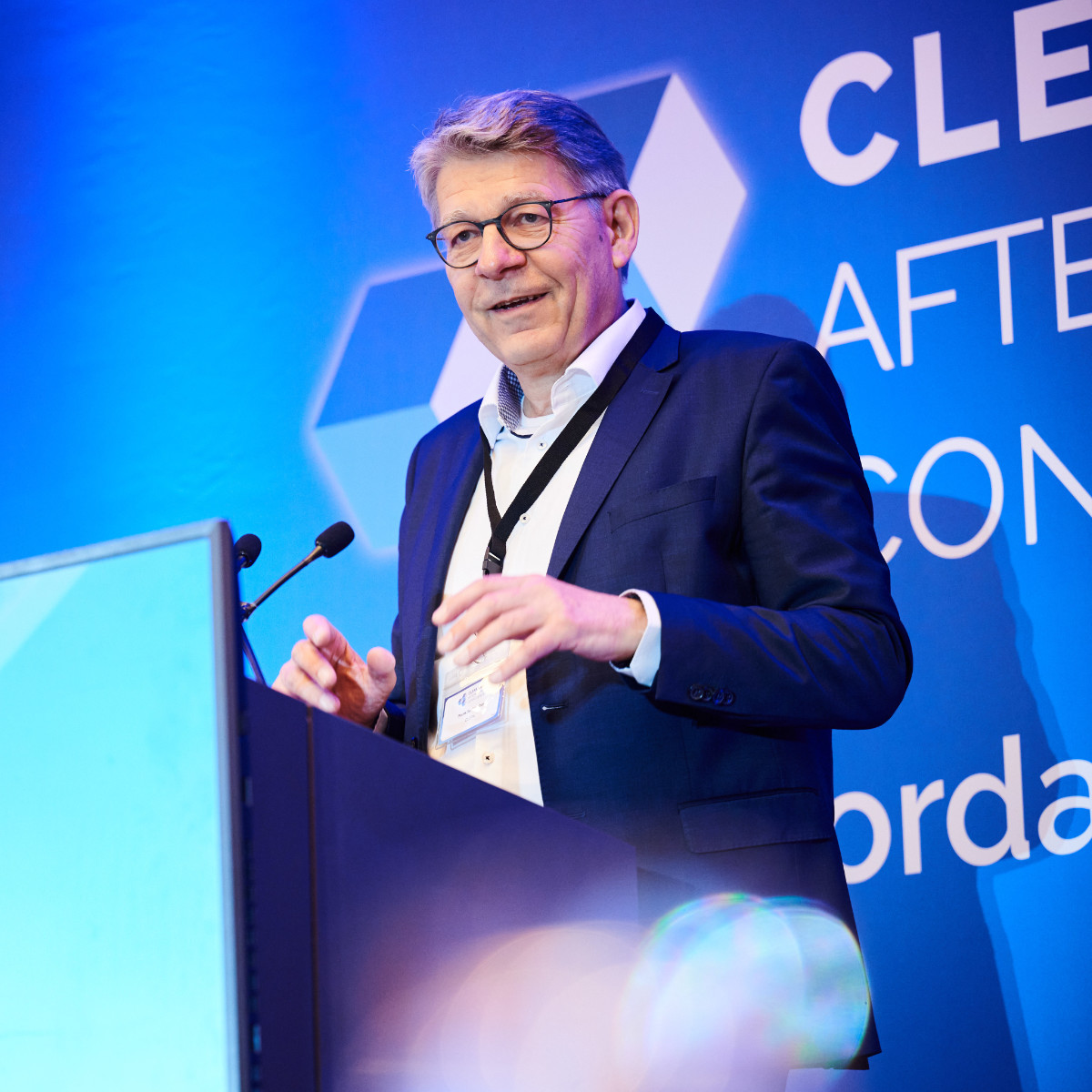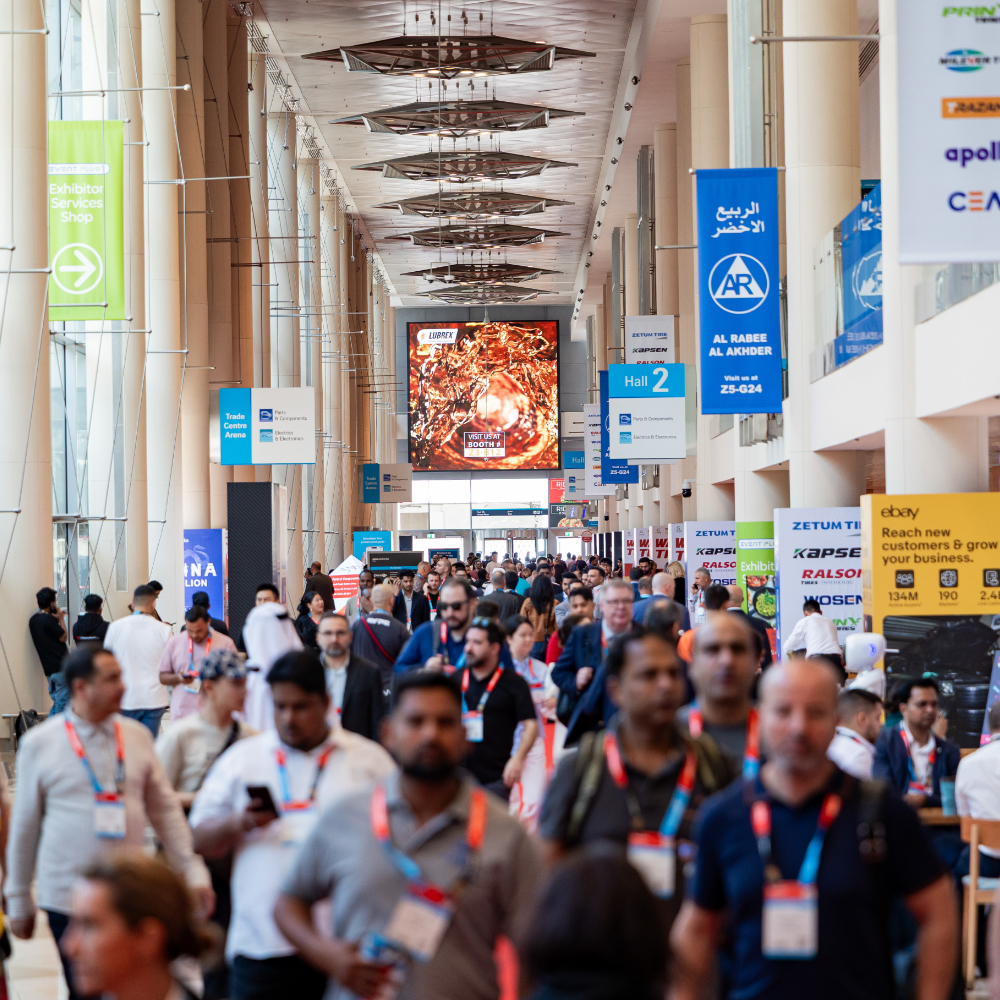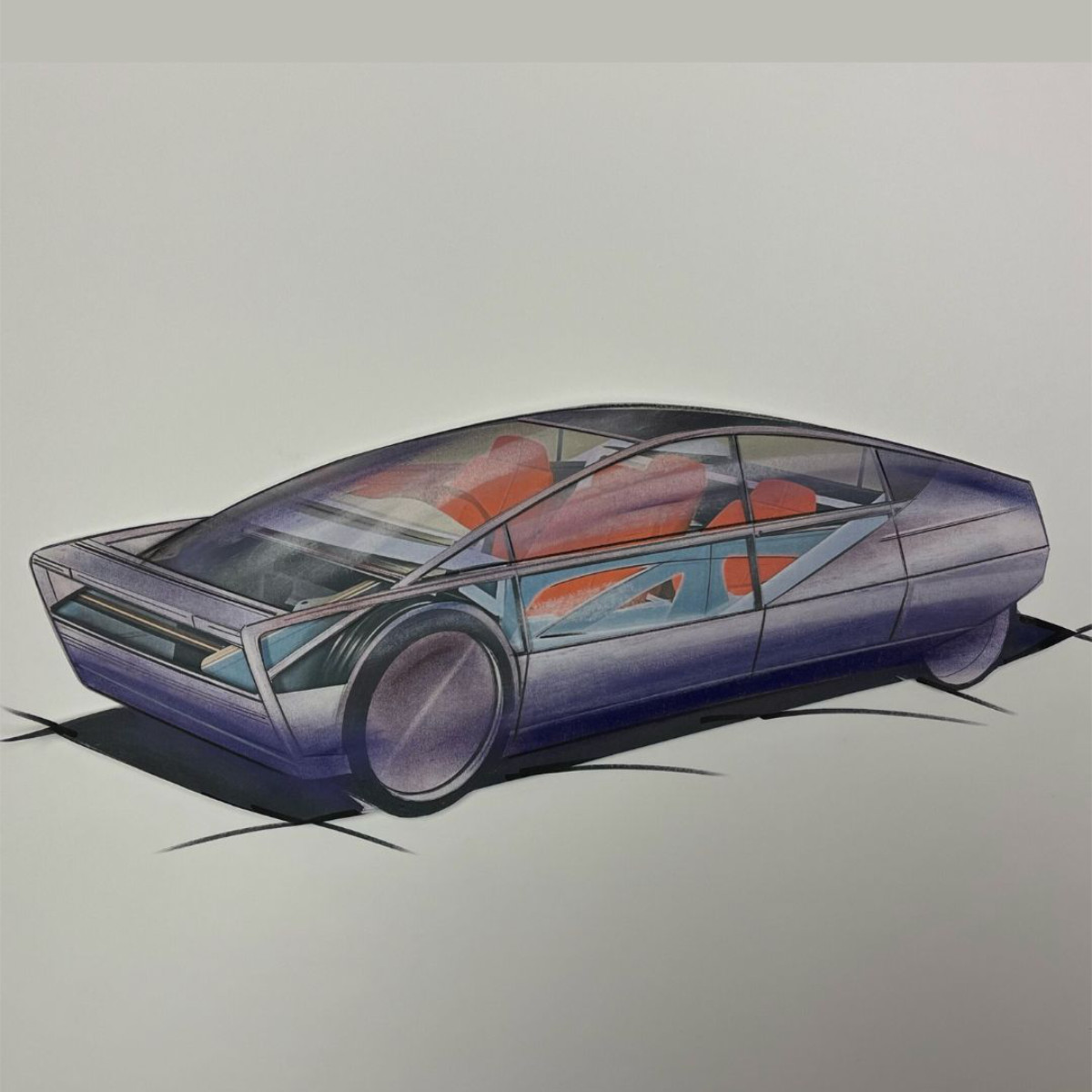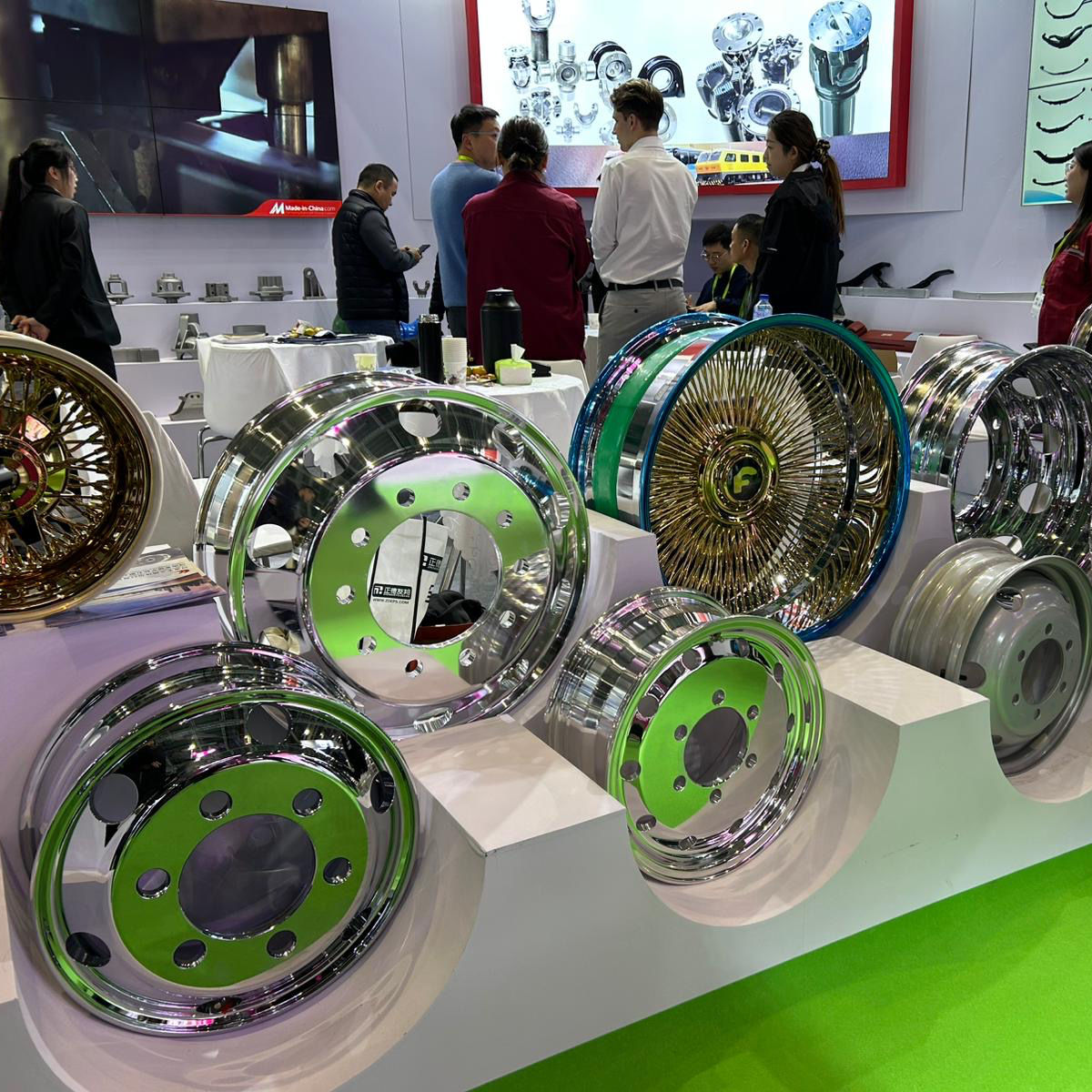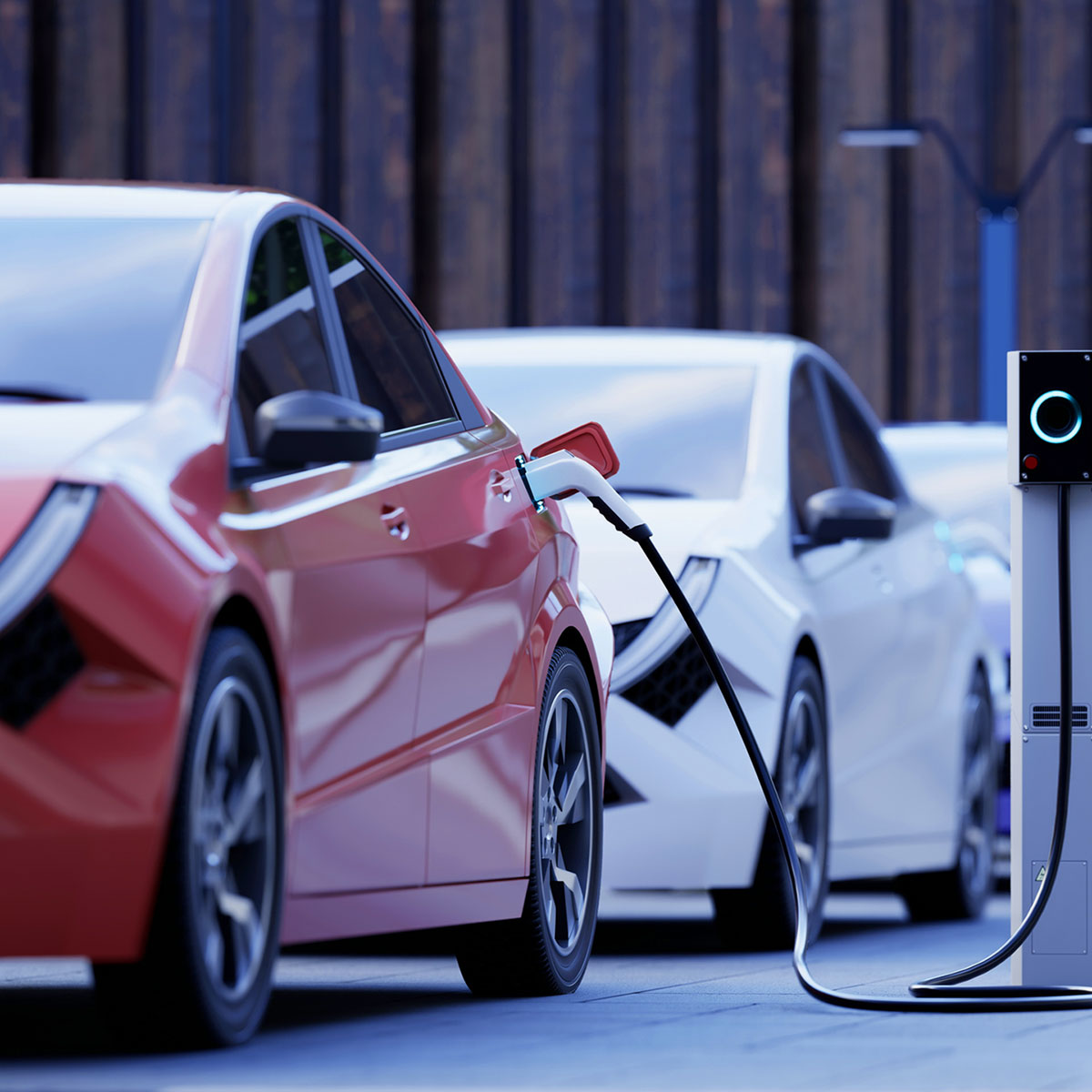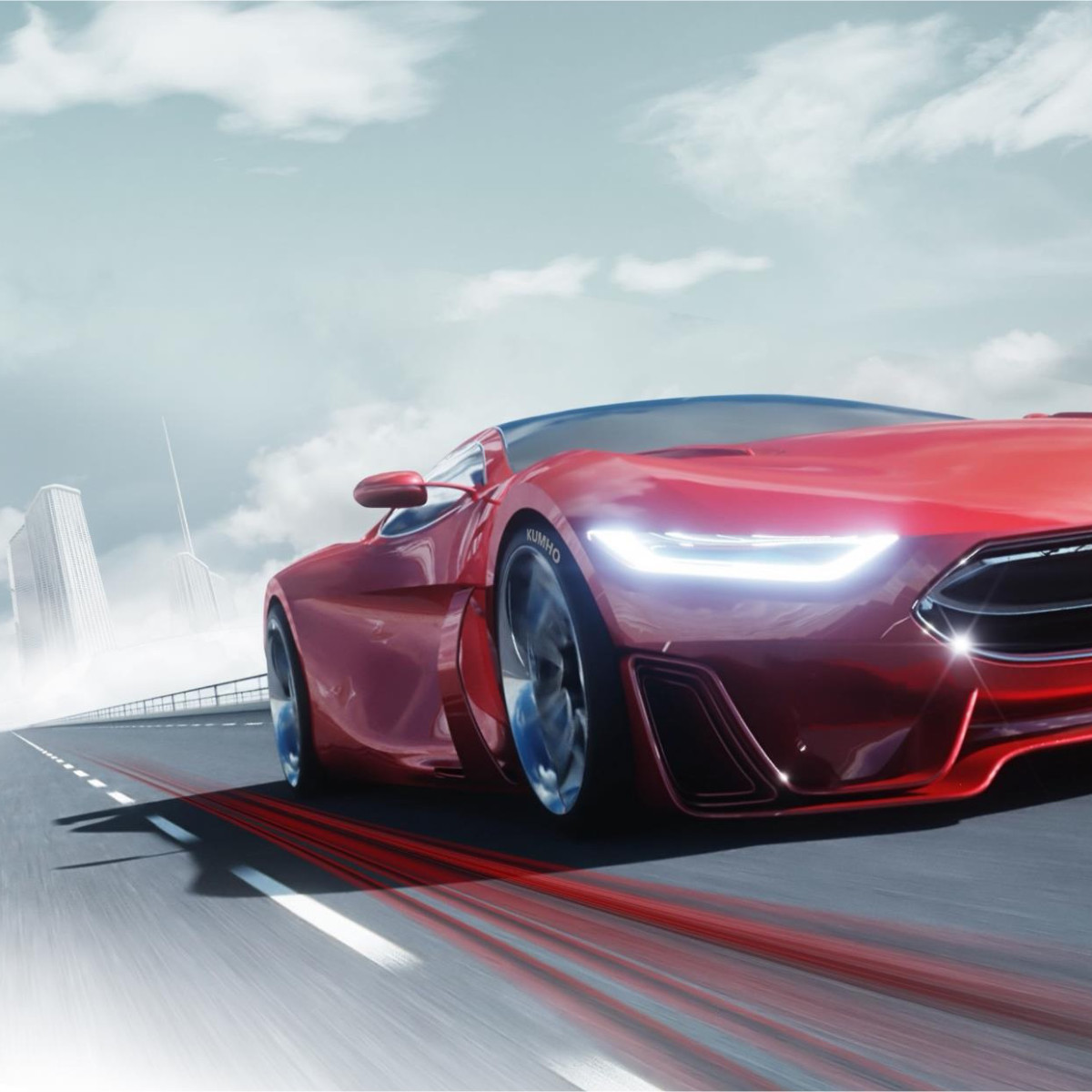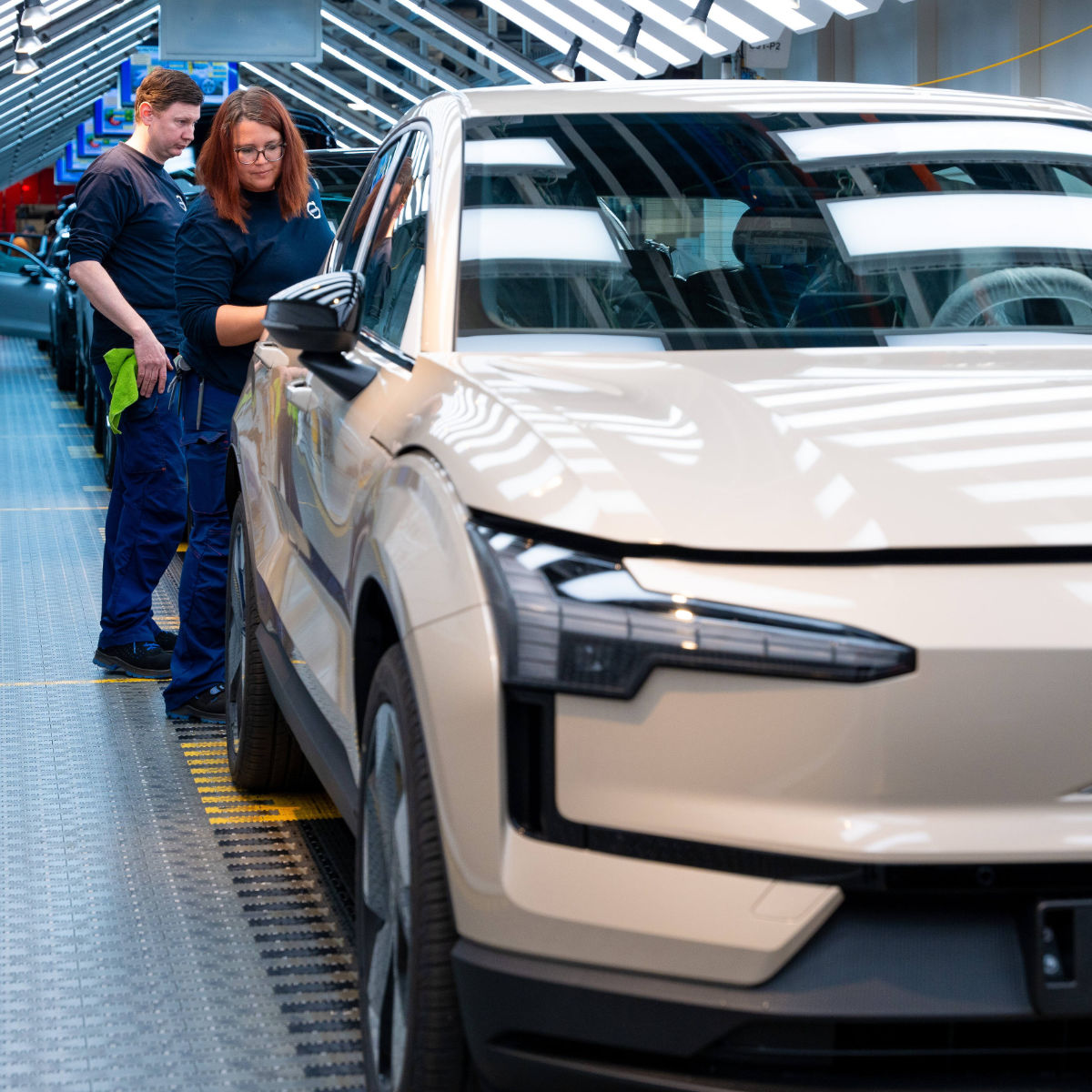Reading time: 4 minutes
At the heart of the discussions? The future of electric mobility, the untapped potential of African markets, and the transformation of South Africa’s automotive landscape. Industry experts took center stage, offering deep insights into the rapid evolution of the sector—particularly the shift toward electric vehicles (EVs) and the unique opportunities shaping Africa’s automotive future.
Delegates listened attentively to keynote presentations by Hiten Parmar, Executive Director at The Electric Mission; Dr Hugo van Wyk, Associate Director at EY; Greg Cress, Principal Director of Automotive and eMobility at Accenture South Africa; and Lightstone's Chief Analytics Officer, Paul-Roux de Kock.
Invaluable Insights
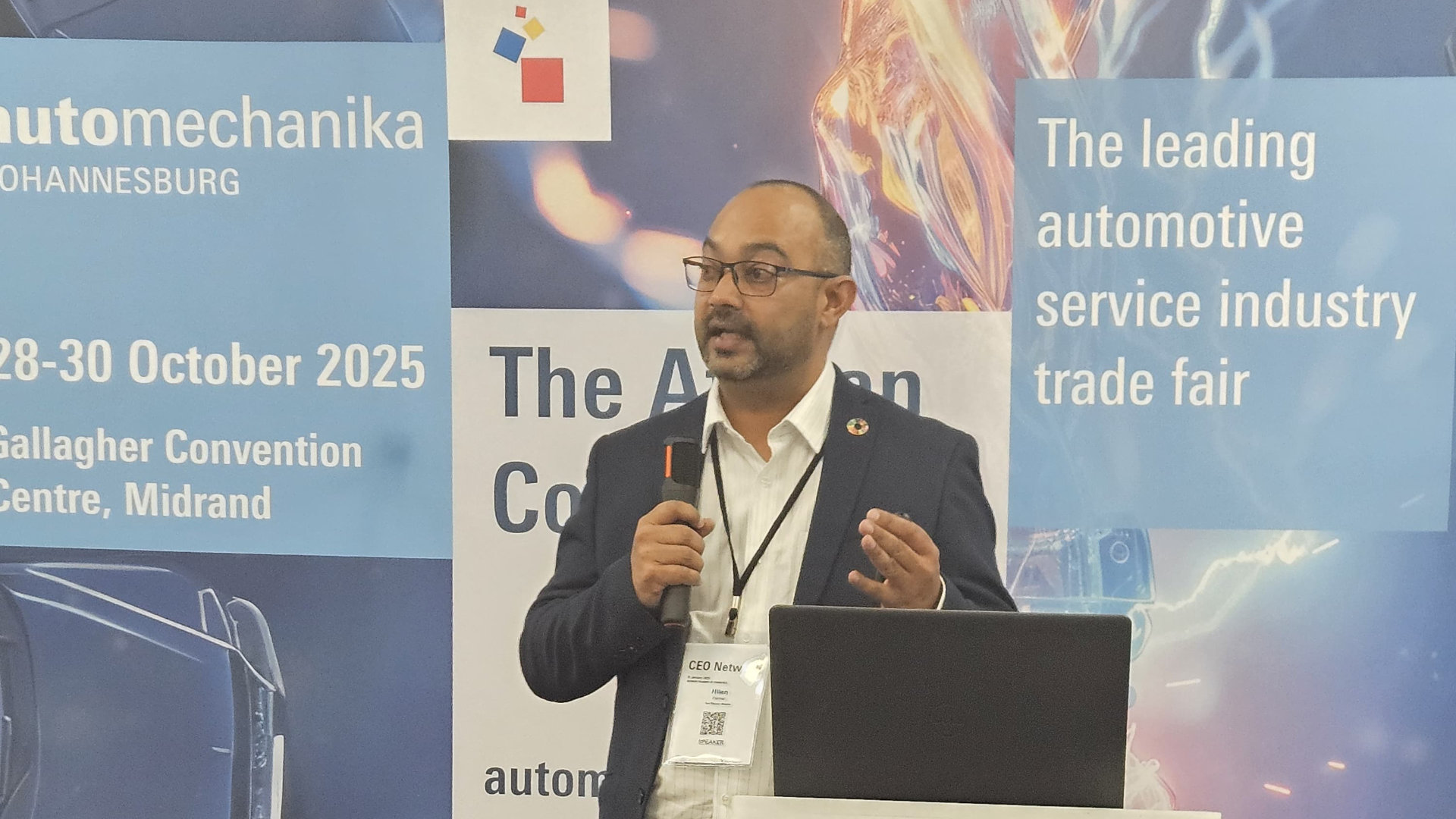
Parmar revealed that South Africa is among the top 10 countries worldwide for the ratio of public charging stations to the number of EV’s, with charging infrastructure showing strong growth. He emphasised the active involvement of multiple stakeholders, including traditional oil companies, in the expansion of charging networks.
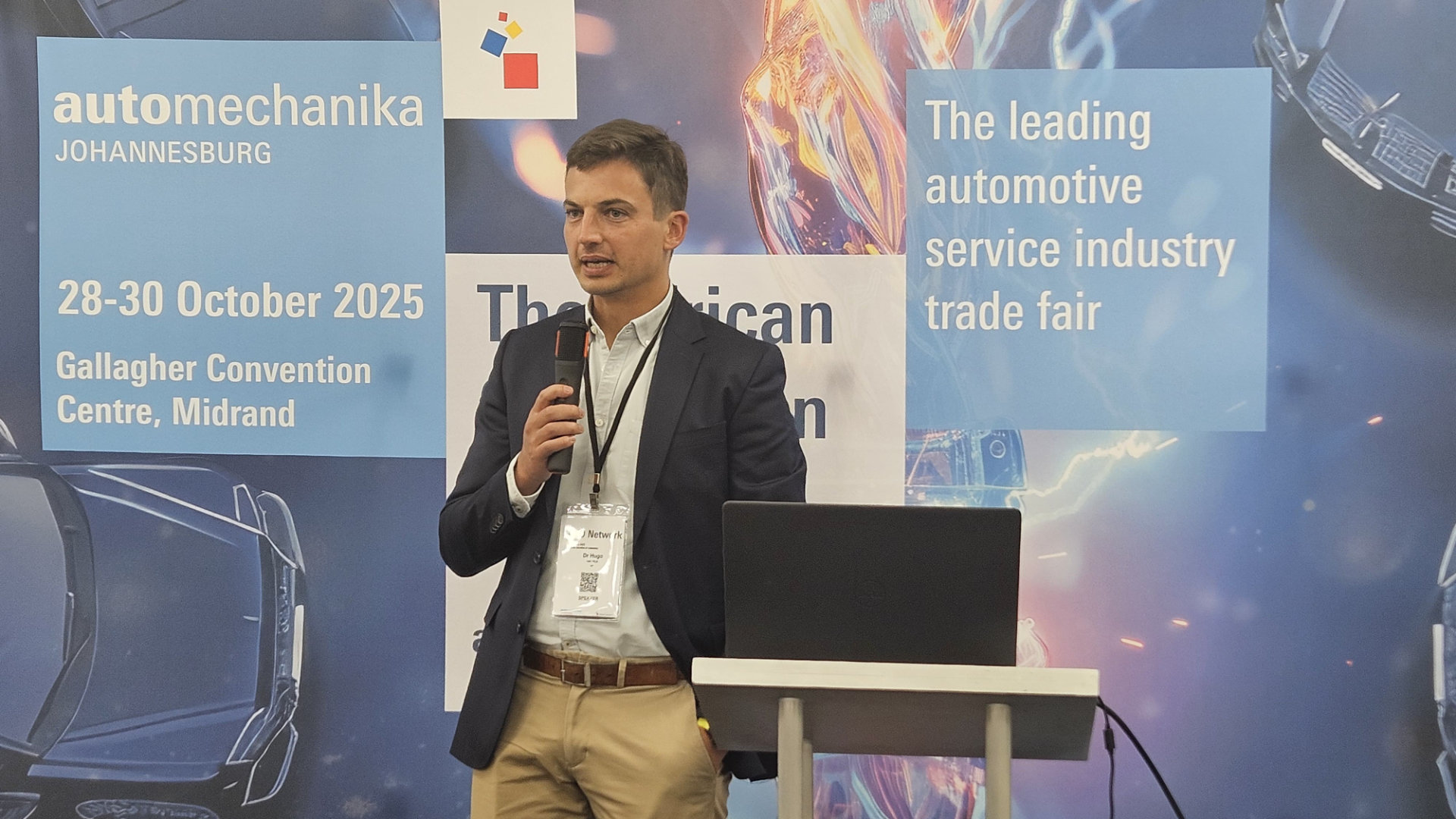
Dr van Wyk then provided an analysis of African market opportunities. His presentation was supported by data from Ernst & Young's Grow Beyond Borders tool, which evaluates key indicators such as access to electricity, GDP, global penetration and population statistics. Dr van Wyk's presentation underscored the continent's substantial resource potential, while acknowledging challenges related to ease of doing business, political risk, and infrastructure quality.
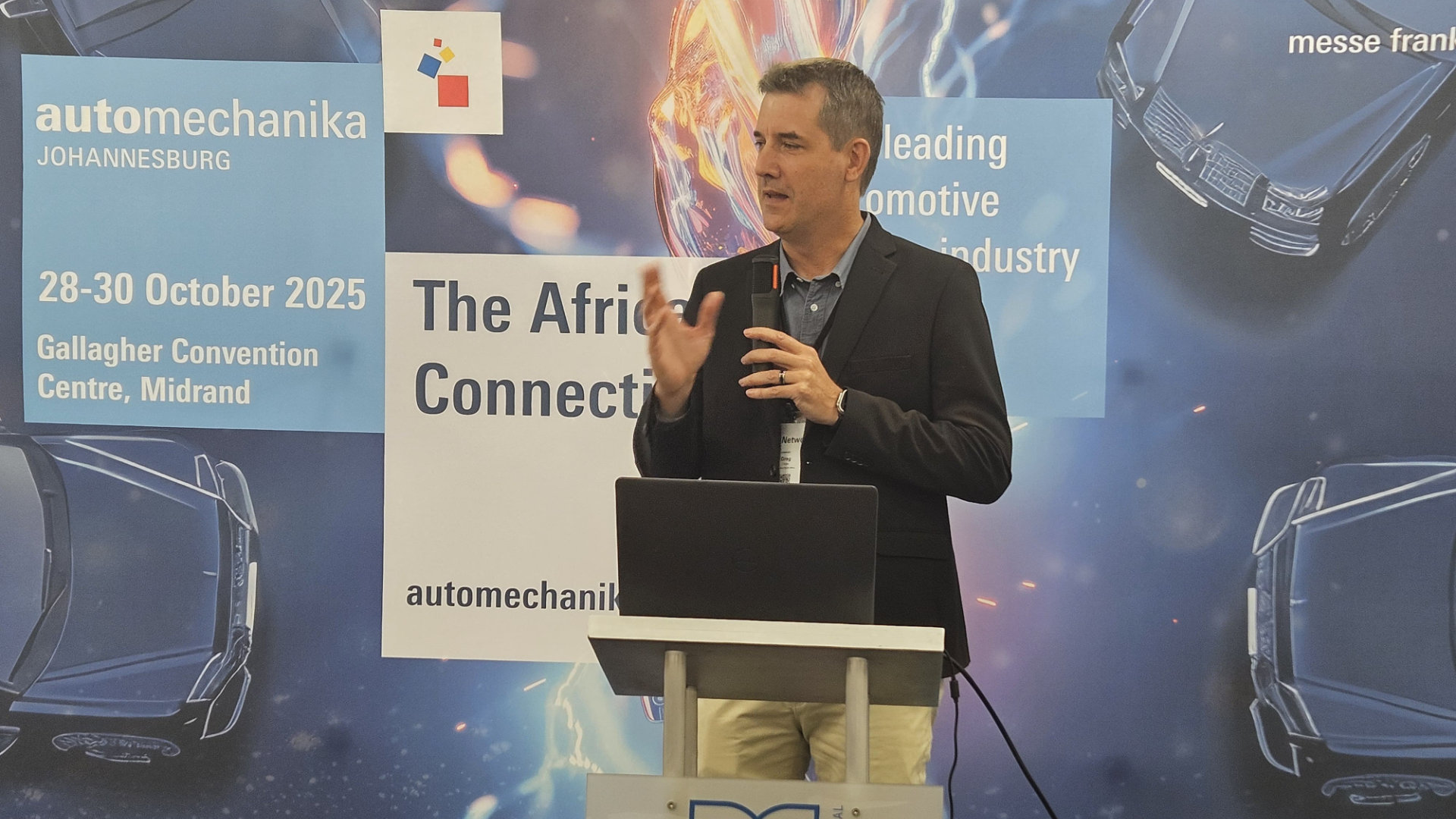
Cress revealed two potential scenarios for New Energy Vehicle (NEV) adoption in South Africa from 2025 to 2035, which compared how different policy approaches might affect NEV uptake, particularly for vehicles under R500,000.
Scenario 1 (using the current status quo) shows what might happen without tax holidays or incentives for NEVs). In this case, NEV adoption grows more slowly, reaching about 750,000 vehicles by 2035, with BEVs making up 5.5% of domestic car sales.
Scenario 2 (using accelerated incentives) demonstrates what could happen with tax holidays and consumer incentives for NEVs, resulting in a more aggressive adoption rate reaching about 915,000 vehicles by 2035, with BEVs comprising 5.9% of domestic sales.
Both scenarios track three types of vehicles: Traditional Hybrids (HEV), Plug-in Hybrids (PHEV), and Battery Electric Vehicles (BEV), with HEVs maintaining the largest share in both scenarios, but BEVs showing significantly higher adoption in Scenario 2 (353,579 vehicles) compared to Scenario 1 (195,354 vehicles).
Cress pinpointed the importance of safeguarding employment opportunities, pointing out that major OEMs are implementing digital readiness programmes to prepare their workforce for the transition.
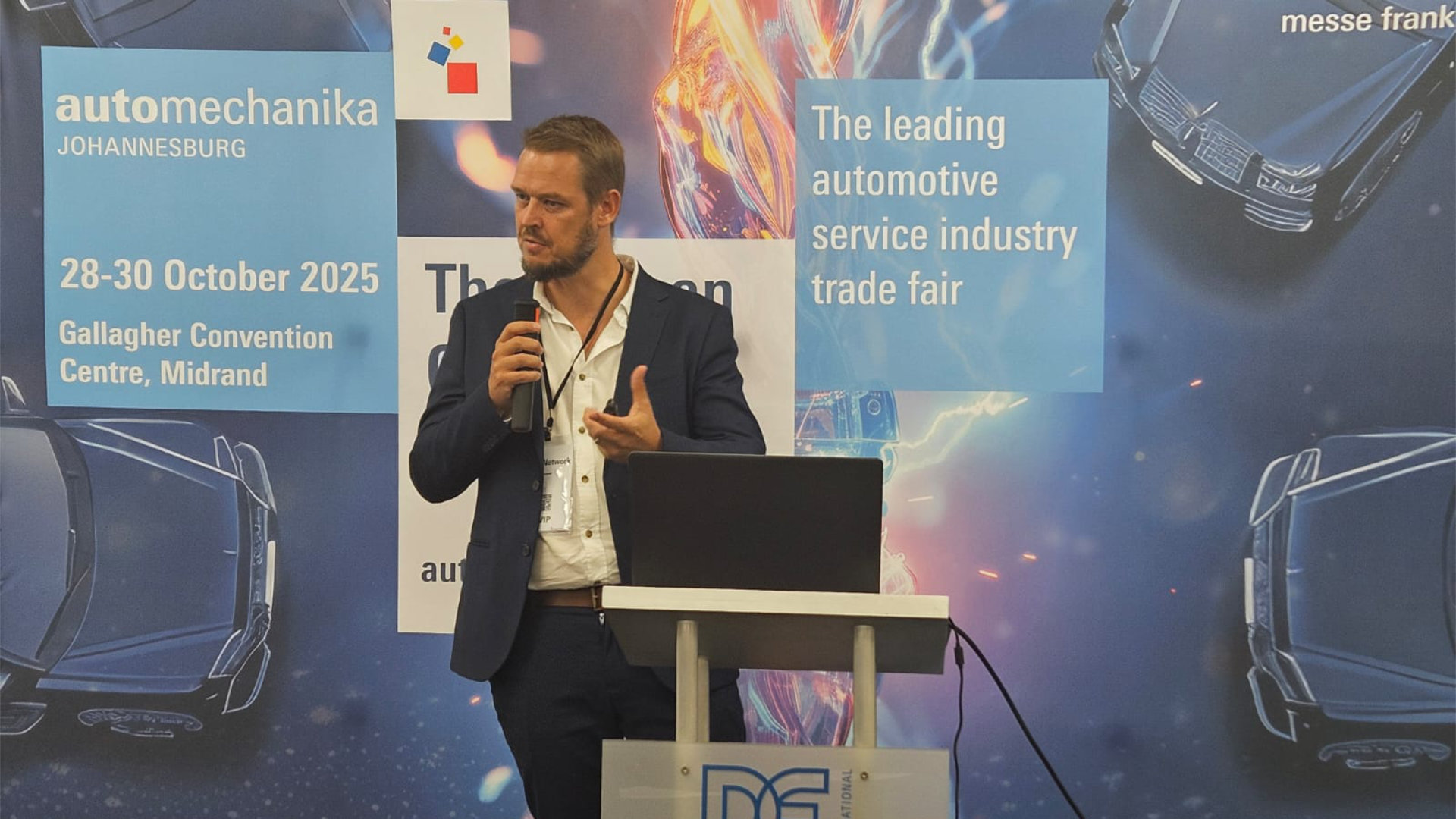
De Kock subsequently shared market data showing the dominance of crossovers and SUVs in South Africa's vehicle market. His presentation revealed that just under 40% of cars sold in South Africa are assembled locally, with a projected 5% growth in new vehicle sales forecast for the coming year. He underscored that affordability remains the primary driver in the South African market, particularly with the recent influx of new brands from China over the last three years.
